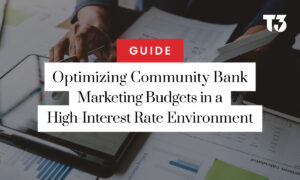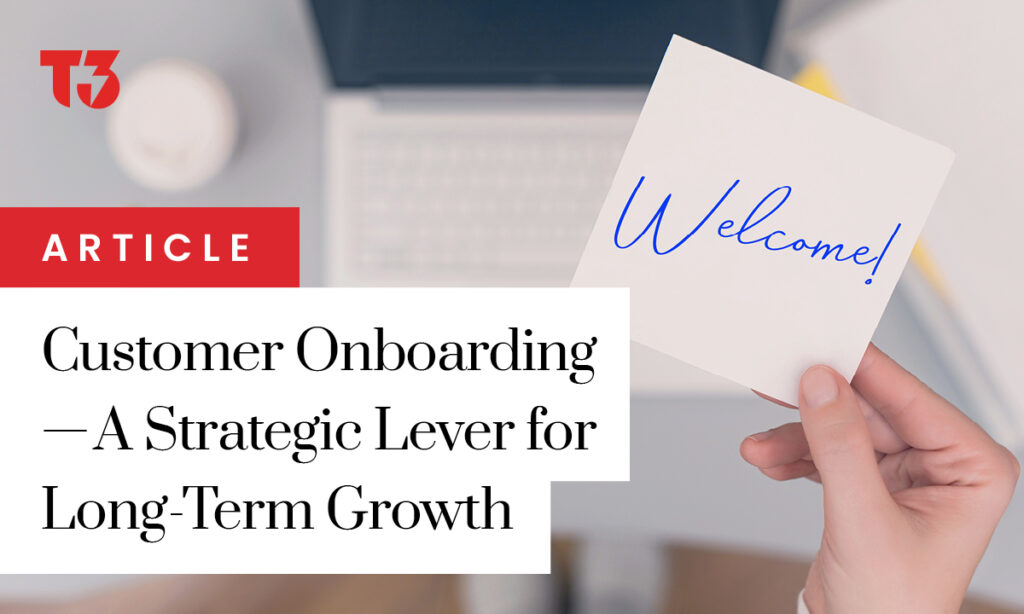

Financial institutions continue to invest heavily in customer acquisition, with some estimates placing the cost of a new checking customer close to $100. But many of those customers quietly disappear before their accounts become profitable. In fact, attrition within the first year can approach 40%, and the majority of those losses happen in the first 90 days.
That early window is not just a vulnerability—it’s a strategic opportunity. And onboarding is the tool that determines whether a new customer becomes a lifelong relationship or a lost investment.
Marketing teams often track cost per account, but few consider cost per retained customer. When early attrition is high, acquisition campaigns become inefficient—creating a cycle where institutions must continuously replace the customers they lose.
By contrast, customers who stay longer, adopt more products, and use the institution as their primary financial hub often generate multiples of their initial value. For large institutions, even a small percentage increase in first-year retention can translate into millions in net profit.
The math is clear: banks don’t just need more accounts. They need deeper, more durable relationships.
Onboarding is often mistaken for a simple checklist: a welcome email, a mailed packet, maybe a follow-up call. But the reality is that effective onboarding is far more strategic.
It’s a designed experience—a sequence of interactions that start at the moment of account opening and extend for the first 90 to 120 days, with the goal of reinforcing trust, prompting meaningful engagement, and creating reasons to stay.
At a foundational level, onboarding programs should help the customer:
The earlier a customer experiences value and ease of use, the less likely they are to drift.
We handle everything from strategy to creative to deployment
Smart data and list-building to engage the right customers
Campaigns that align with your brand and speak to your audience
1. Retention Becomes Predictable
When customers begin using multiple services within their first month, the likelihood of long-term retention increases significantly. The more utility the customer finds, the less they want to start over elsewhere.
2. Cross-Selling Finds the Right Moment
A new customer is most open to education—and product exploration—within the first few weeks of onboarding. A well-timed offer for a savings account, credit card, or loan can feel relevant and helpful rather than intrusive.
3. Profitability Grows Exponentially
Customers who engage early tend to hold higher balances, generate more fee income, and cost less to serve over time. Onboarding helps accelerate those dynamics by building habits early.
4. Experience Drives Differentiation
In a commoditized market, how you make a customer feel matters more than how low your fees go. Onboarding sets the tone: it’s a chance to stand out with clarity, responsiveness, and proactive communication.
Phase One: Anchoring the Relationship (Day 0–30)
The initial phase is about building momentum. It’s where the bank helps the customer shift from “opened” to “active.”
What works:
The objective here is to remove friction, make the new account useful, and eliminate the reasons a customer might second-guess their decision.
Phase Two: Deepening the Relationship (Day 31–90)
Once the basics are in place, the goal is to expand the relationship. This means identifying needs and recommending relevant products.
What works:
The objective in this phase is to transition from transaction to value, building a foundation for future engagement.
To deliver onboarding at scale, financial institutions need more than a good welcome email. They need cross-functional infrastructure that makes the experience feel connected and customer-centric.
Effective onboarding relies on knowing where the customer is in their journey. That requires accessible, real-time data across channels—from CRM to core banking to digital.
Not every customer needs the same messages. Use behavioral and demographic data to create paths based on who the customer is and what they need next.
Branch and call center staff should be trained to support the onboarding process—not just to resolve problems, but to guide customers to the right tools and services. Incentives should reflect long-term value, not just account openings.
Track activation of key services, engagement with content, cross-sell response rates, satisfaction scores, and retention at 90 days and beyond. These are leading indicators of long-term success.
Even well-intended programs can fail when:
The most successful onboarding programs evolve continuously. They’re not set-and-forget—they’re monitored, tested, and refined based on what customers actually do.
Banks don’t lose customers because of a lack of products. They lose them because the first 90 days feel transactional, impersonal, or incomplete.
Onboarding is the bridge between marketing and loyalty. It’s where customers go from prospects to partners. And in a world where switching is easy and attention is limited, the banks that master onboarding will be the ones who build durable, high-value relationships.
T3 by Current Marketing is a turnkey marketing solution built specifically for financial professionals and institutions.

Need expert marketing help now?
Get a Power Hour session for branding, processes, data, strategy, tech setup, and more! Click to learn how we can optimize your business.